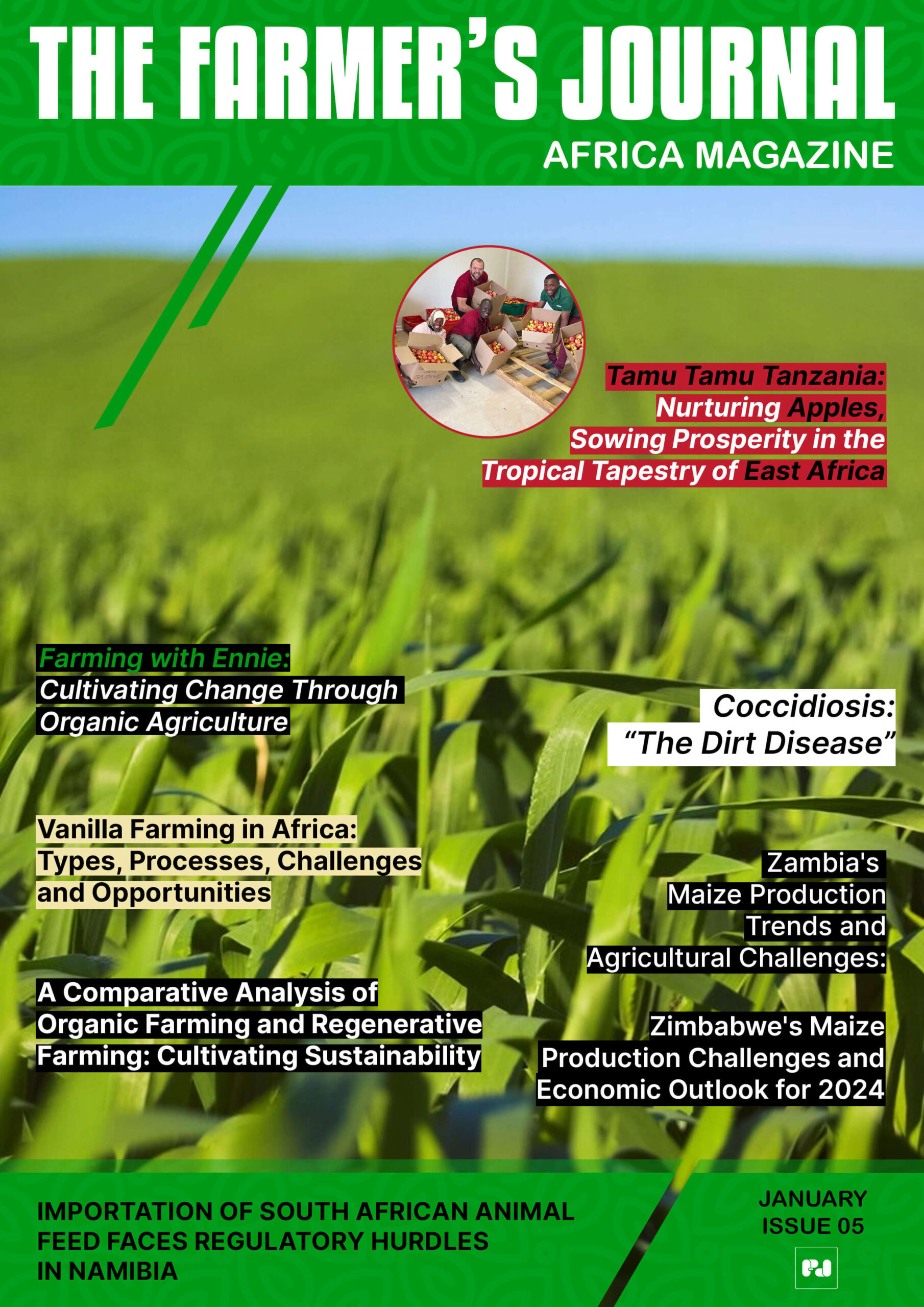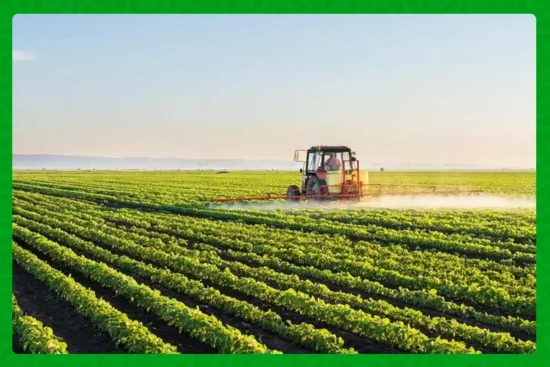
When a policy meant to protect safety instead threatens livelihoods you do not need an economist to spot the tension. That is the message ringing out from small scale poultry farmers who supply the bustling Machakos market. A new charge of Sh20, roughly US$0.15, per bird was quietly included in Machakos County’s latest Finance Bill. Farmers from neighbouring counties say the fee will push up production costs, lift retail prices and squeeze the already thin margins of small producers.
This is not just a policy dispute. It is about people who feed families, keep small businesses alive and depend on inter-county trade to survive.
What the levy is and why farmers are alarmed
Machakos County passed the Finance Bill last month. Among its measures is a chicken movement levy intended, officials say, to regulate poultry movement and safeguard food safety. The county argues revenue raised will go to veterinary services and disease control.
Farmers do not dispute the goal of disease control. They are worried about the how. Many small producers rely on selling birds to markets outside their home county. Charging Sh20 per bird immediately changes the math. For a farmer transporting 50 birds to market, the fee adds Sh1,000 to the trip. That is cash taken out of working capital or added to the consumer price at the market stall.
Producers say there was little consultation before the measure became law. That lack of dialogue has turned practical concerns into protests. Farmers insist the levy disproportionately targets smallholders who do not have the scale or bargaining power of large producers.
Vendors and consumers: the double squeeze
Machakos vendors are watching the same numbers and worrying about the same customers. Kenya, like many countries, is facing rising food costs. If chicken becomes noticeably more expensive, vendors expect lower demand, and shoppers with limited budgets will change what they buy.
For vendors operating on narrow margins, the levy could translate into lost sales or lower incomes. For consumers, especially low income households, the worry is real: more expensive protein choices when budgets are already tight.
Officials respond: revenue for veterinary care
County officials have defended the policy, saying the levy will fund veterinary services and strengthen disease surveillance. In many circumstances predictable, well targeted fees for public health services make sense. The point of friction here is how the fee is designed and implemented, and whether the burden falls fairly across all players in the value chain.
Farmers say the timing is wrong and the roll out lacks transparency. They want to see precise proposals on how funds will be used, who will collect the money, and what exemptions or support will be available for smallholders.
Bigger picture: counties investing in poultry, not taxing it away
The protests are unfolding at a time when other counties are doubling down on poultry as an engine of rural growth. Nakuru County, for example, reports poultry meat generates an estimated US$3.7 million annually. A county-backed project supports small-scale producers, producing more than 67 million eggs a year worth about US$6.6 million in sales. That program supports over 3,000 groups and provides inputs such as chicks, feed, incubators and veterinary care. Nakuru has committed about US$197,000 to the program so farmers can supply beyond local demand.
In Meru, a partnership with an international agriculture programme has reached more than 700 households with starter packs of improved indigenous chicks. Training in disease management, housing and feeding, plus a local hatchery in Ngonyi village, has helped villagers increase flock sizes and lower transport losses. These localised initiatives aim to bring down costs and increase supply, creating more resilient local markets.
Experts estimate that if disease control and market access are tackled sensibly, and if counties invest in supportive infrastructure, the sector could be worth over US$22 million in the near future. That makes it all the more important to balance regulation and support, not treat them as competing choices.
What reasonable compromise looks like
There are practical steps Machakos County and farming communities can take to de-escalate the conflict while keeping public health goals in sight:
- Pause immediate enforcement of the levy while partners design an implementation plan.
- Create an inclusive forum that brings smallholders, vendors, county officials and animal health experts to negotiate rates, exemptions and collection mechanisms.
- Directly ringfence revenues so farmers can see veterinary improvements and faster disease responses.
- Offer phased or tiered fees that protect smallholders, while charging larger commercial consignments appropriately.
- Improve local hatcheries, transport hubs and on-farm veterinary outreach so long term costs fall for producers.
These are not ideological fixes. They are practical ways to marry disease control with market access and keep food affordable.
The human cost and the policy test
This protest is not just about a single charge. It is a test of local governance. Will counties regulate in a way that preserves livelihoods and shields consumers? Or will well intentioned measures end up as hidden taxes that undermine the very local economies policy makers aim to protect?
Farmers and vendors will watch how the county responds. A transparent, consultative approach can turn a conflict into a model of co-creation. Heavy handed enforcement risks starving markets, costing jobs and increasing prices for families who can least afford them.
Charging Sh20 per bird in pursuit of safer poultry markets may be defensible in principle. In practice, the policy must be implemented with care, fairness and transparency. Otherwise a small fee will ripple into lost incomes, higher prices and deeper mistrust. For Machakos and its neighbours the path forward is clear: listen, explain, and design a system that supports farmers, protects consumers and builds trust in public institutions.
Stay updated with the latest farming tips and agriculture industry news from Africa by subscribing to our newsletter. Don’t miss out on valuable insights and updates. Follow us on Twitter, LinkedIn, and Facebook to join our farming community and stay connected with us.


















